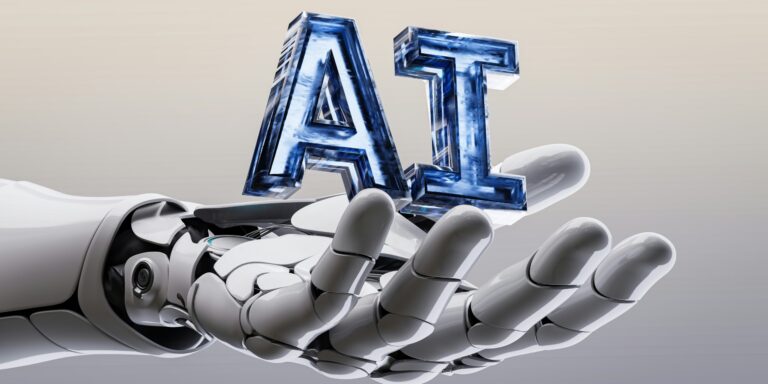A recent July 2025 report from JLL Spark reveals that commercial real estate operators are increasingly deploying artificial intelligence and robotics to transform how buildings are managed, serviced, and occupied. This shift—from smart maintenance and tenant access control to data-rich portfolio optimization—is projected to rapidly accelerate through late 2025.
Leading commercial real estate firms are integrating AI-driven systems with robotics to automate routine building tasks. Autonomous systems now handle cleaning, infrastructure inspections, and security patrols, feeding real-time data into predictive maintenance platforms that foresee HVAC or elevator failures. These technologies help reduce operating costs by up to 20 percent annually and prolong asset lifespan.
On the tenant-service front, the deployment of smart access systems, AI-powered leasing engines, and contactless service logistics has markedly improved the tenant experience. Tools like chatbot-based leasing assistants handle inquiries, schedule tours, automate tenant onboarding, and streamline payments. These innovations free staff to focus on strategic responsibilities while enhancing response times and consistency.
Read Also: https://rentmagazine.com/ai-and-robotics-reshape-commercial-real-estate-operations/
Behind the scenes, generative AI platforms are automating administrative workflows. Leasing professionals now use tools that summarize legal documents, draft lease clauses, and generate market analysis reports. One example is JLL’s proprietary “JLL GPT,” used by over 45,000 practitioners globally to process lease data, analyze transactions, and support decision-making in seconds.
At the portfolio level, machine learning models track occupancy and tenant behavior, recommend rent pricing strategies, flag renewal targets, and help reconfigure space utilization. These AI-based insights enable firms to adjust quickly to market shifts and allocate resources more efficiently.
AI-driven sustainability systems are also becoming central to energy optimization. Buildings now use IoT sensors combined with AI to self-adjust lighting, HVAC, and ventilation in response to occupancy, weather, or utility costs. These adjustments help drive ESG goals and reduce energy consumption, aligning with green building certifications.
Survey and industry data confirm the momentum. Deloitte-sponsored studies show that 81 percent of commercial real estate firms plan to increase investment in AI, automation, and data analytics in 2025. Generative AI is expanding its role across market analysis, property valuation, and client engagement workflows. Industry tech rankings show that more than half of the top real estate technology products now embed AI functionality, up sharply from less than one-third in 2024.
Professionals describe this evolution as a move beyond “smart buildings” to “physical AI”—a model where properties not only sense conditions but autonomously act, adjust, and patrol without human intervention. Analysts forecast this marks the beginning of a new phase in commercial real estate, where digital and physical systems converge to drive efficiency and tenant satisfaction.
Despite the benefits, adoption brings challenges. Firms must prioritize transparent AI governance, address potential bias in tenant screening and pricing algorithms, and ensure compliance with privacy regulations when deploying autonomous systems and data-driven tools.
Looking ahead, insiders anticipate even deeper integration of agentic AI and robotics in building management platforms by the end of 2025. Features like autonomous leasing, real-time portfolio optimization, AI-orchestrated maintenance, and fully integrated smart operations are expected to become standard in high-end and institutional properties.
Commercial real estate is undergoing a significant transformation. AI and robotics are no longer future technologies—they are already enhancing tenant experience, reducing operational inefficiencies, and advancing sustainability goals. Firms that embrace this shift are likely to realize better returns, improved service, and a lasting competitive advantage.
